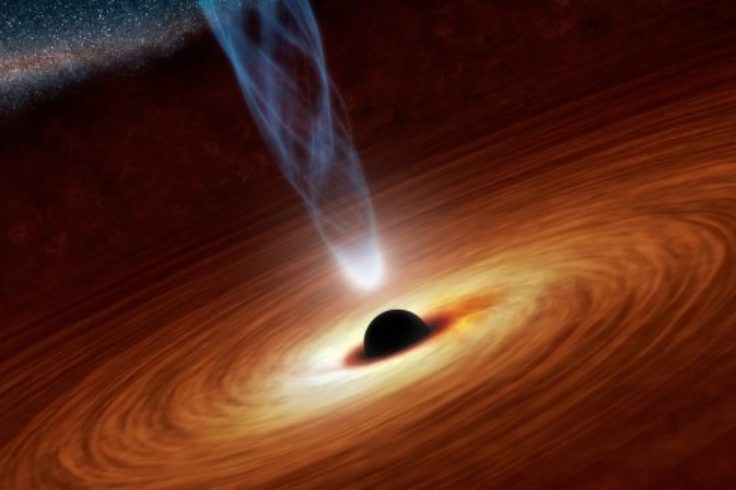Astronomers observe how a star the size of our sun survives a close encounter with a supermassive black hole.
In a galaxy far, far away, a fascinating cosmic event has taken place, and astronomers were able to view part of the action. A star orbiting a supermassive black hole got too close to comfort. The gravity of the supermassive Black Hole causes the star to be ripped under its powerful pull. As the star moves around the Black Hole, it is shredded by the black Hole, and the remnants are turned into a stream of materials that rain down on the Black Hole. This material forms the very bright disk that surrounds the black Hole. Astronomers refer to it as the accretion disk. It is evidence of the Black Hole’s feeding habit. As the black Hole feeds on stars, it fuels a luminous accretion flare, which scientists call a Tidal Disruption Event or TDE. Astronomers believe such events occur once every 10 to 100 thousand years, depending on the galaxy.

Shining bright
These events can have luminosities that can exceed those of entire galaxies. Some of these luminosities are billions of times brighter than the sun. But they tend to last for short periods, months, or years. Nonetheless, the events allow astronomers to study supermassive black holes from vast cosmological distances, allowing them to better understand the central regions of distant galaxies. Tidal Disruption Events provide crucial information about some of the most extreme environments humankind knows of, the event horizon of a black hole.

Repeating partial tidal disruption events
Usually, Tidal Disruption Events are a onetime thing. This is because the powerful gravitational pull of supermassive black holes usually destroys the star that dares get too close to it. Scientists can only study the supermassive Black Hole during the event. However, sometimes the star survives the close encounter, allowing scientists to study the supermassive Black Hole in depth. This is called a repeating partial Tidal Disruption Event. Astronomers are studying one such event. Dubbed AT2018fyk, the star was captured by a supermassive black hole through a process defined as the Hills Capture. The process defines one star that was part of a binary system. As a result, one star was devoured by the Black Hole, and the other ejected from the galaxy, becoming a hypervelocity star. Such stars travel at a speed of around 1,000 kilometers per second. AT2018fyk was first spotted in 2018 and is thought to have been a non-repeating Tidal Disruption Event. As astronomers observed it, they noticed it to remain right in X-ray wavelengths for 600 days. But then it abruptly darkened.

Conclusions
Astronomers concluded that the supermassive black hole feeds on the star for 600 days. But it takes the star approximately 1,200 days to make a complete orbit around the supermassive monster. Interestingly, based on their calculations, astronomers suggest that the star on which the supermassive black hole feeds is around the same size as our Sun. They also believe that the two stars that were initially part of the binary system orbited one another at extremely close distances, likely completing one full orbit every couple of days.





